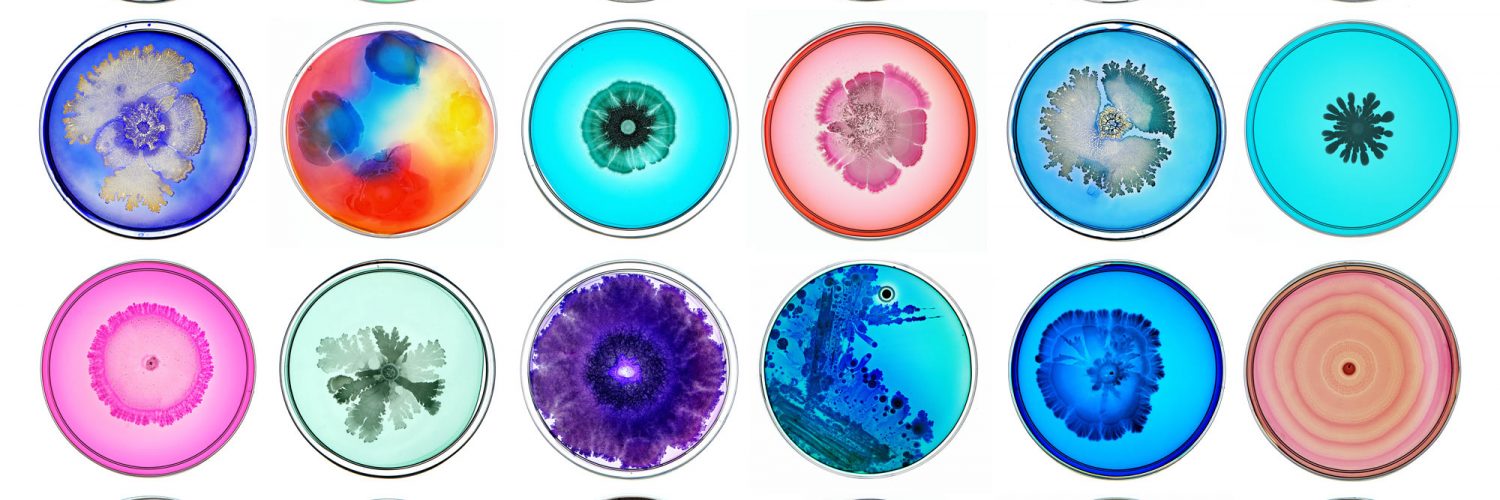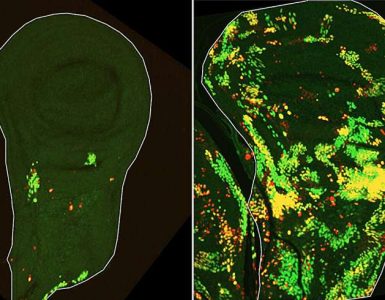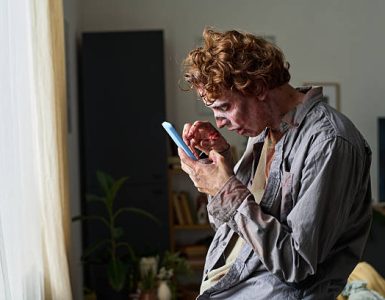Researchers have modified a common bacterium to spit out an entire rainbow of dyes for food, clothing, cosmetics, and more. The proof-of-concept research also detailed the natural production of two colors—green and navy blue—for the first time.
Some dyes can be produced naturally from plants. Indigo, for example, is extracted from leaves of species in the genus Indigofera. But the task is labor-intensive, with variable results. Synthetic alternatives can involve toxic precursors and by-products, sometimes released as pollutants. And consumers are willing to pay more for natural colorants, says Sang Yup Lee, a chemical and biomolecular engineer at the Korea Advanced Institute of Science and Technology. So he and his colleagues set out to engineer Escherichia coli to make seven natural hues.
The researchers not only had to tweak the microbes by adding specific genes to produce the dyes, they also had to help the bacteria push the colors out into the world. Because the involved dyes are hydrophobic (water-repellent), they typically cannot pass through bacterial cell membranes; they would instead accumulate inside the cell and ultimately kill it. Synthetic biology researchers seeking to produce self-sustaining “cell factories” for chemicals have long been stymied by this problem.
Read more at Scientific American





